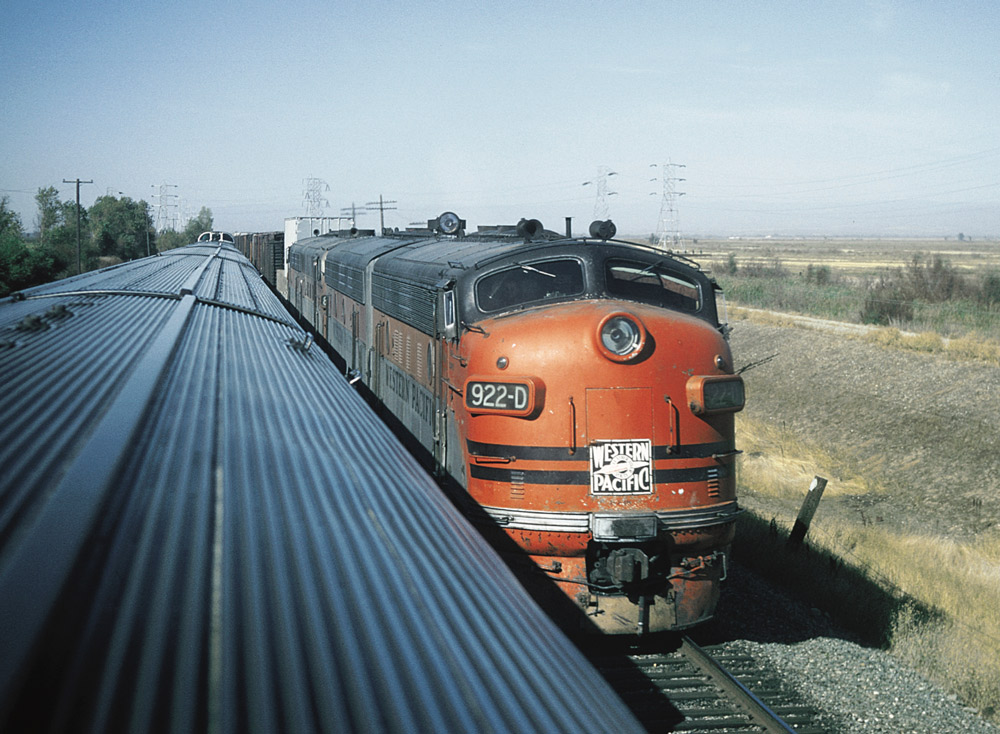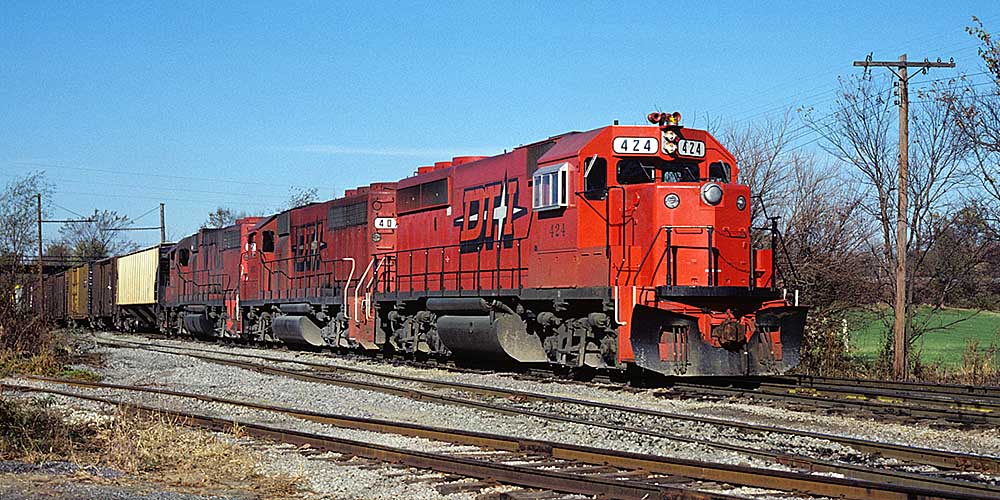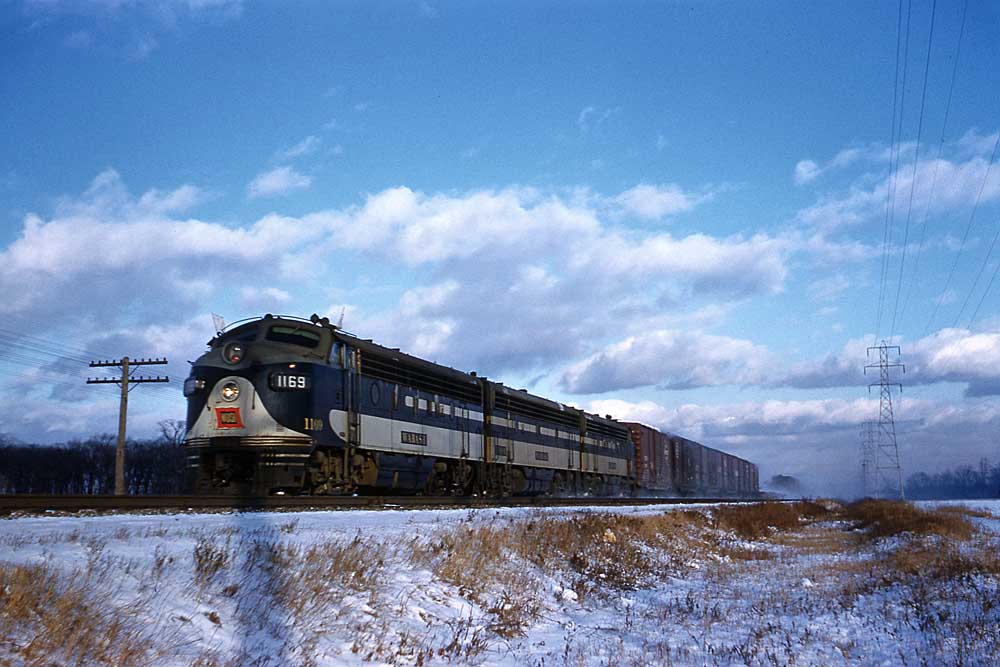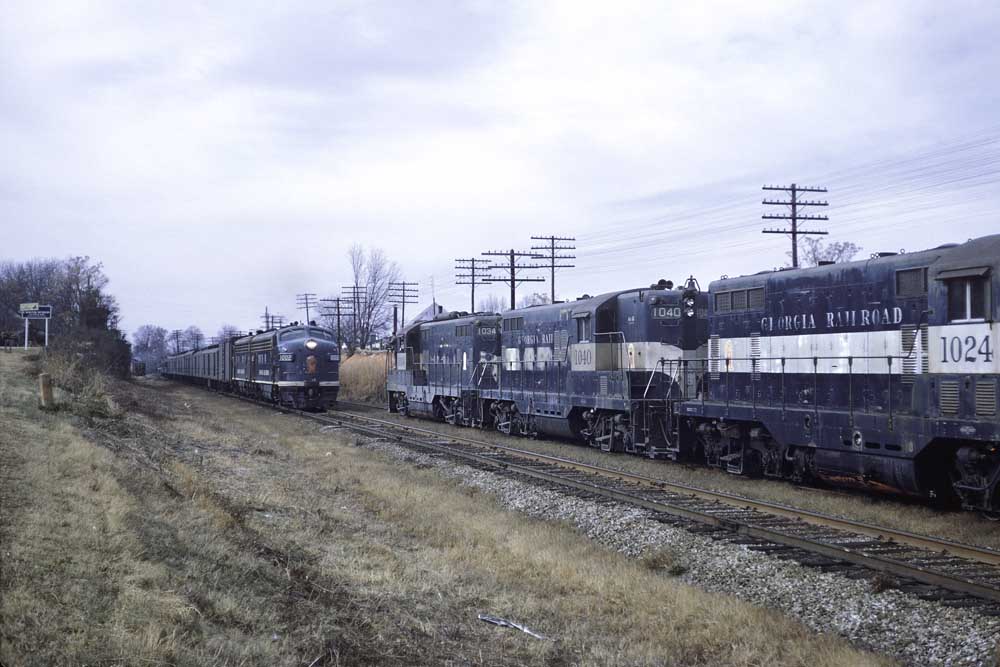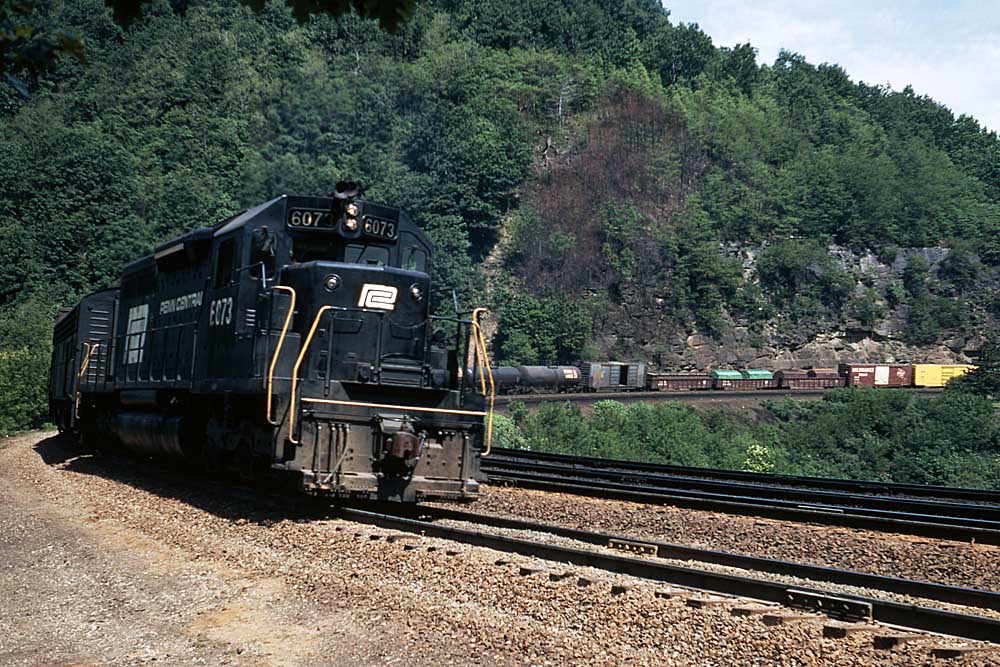Compared to the likes of the Southern Pacific and Atchison, Topeka & Santa Fe, the Western Pacific Railroad can be considered the “runt of the litter” for Class I U.S. railroading in the Far West. Yet these five traits of the Western Pacific help paint a bigger picture of this San Francisco-Salt Lake City system and what sets it apart from its more massive peers.
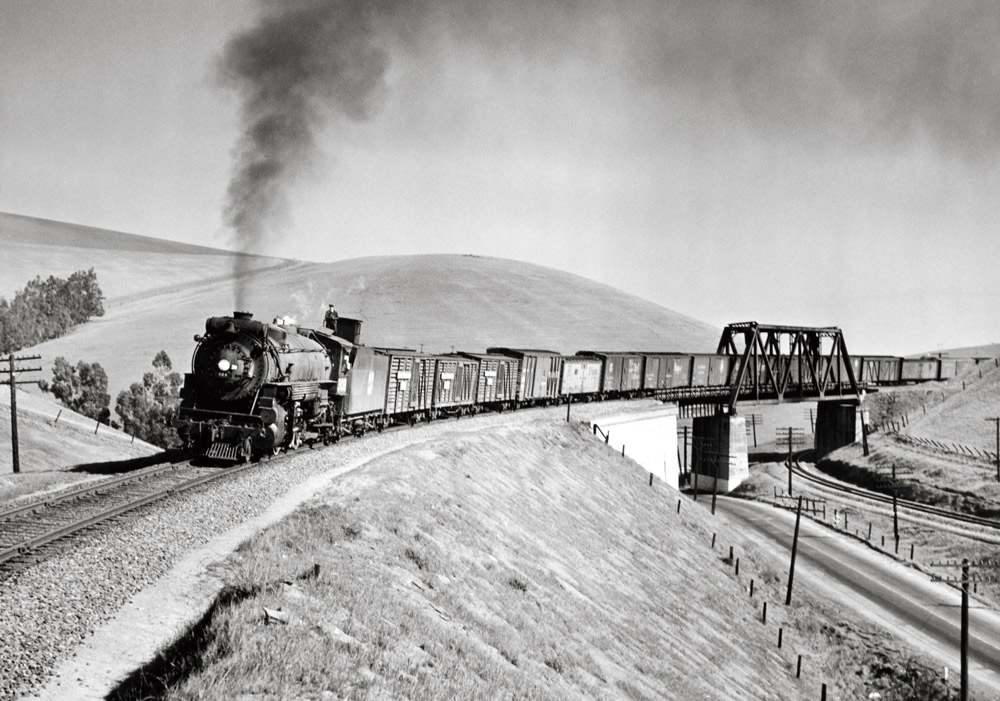
The last transcontinental railroad: In the late 1860s, Scottish surveyor Arthur W. Keddie believed he struck gold when proposing a second transcontinental railroad through a preferable elevation over the Sierra Nevada: The Feather River region was lower in elevation than the southern Donner Pass of the original transcontinental route. It wouldn’t be until March 3, 1903, that Keddie’s proposal took shape, with Denver & Rio Grande and Missouri Pacific owner George Gould leading the charge. However, westward expansion by rail had long since been achieved in the U.S. So, when the newly formed Western Pacific Railroad finally connected San Francisco and Salt Lake City (and ultimately the D&RGW) on Nov. 1, 1909, it became the country’s last-built transcontinental railroad.
Keeping to the grade: Even when snaking through the Feather River Canyon, the Western Pacific was able to keep its mainline ruling grade down to no more than 1%. This, of course, was thanks in part to Keddie’s brilliant surveying across the Sierras. To achieve that less-than-1% goal, ingenuity would come into play during construction, showcased by the Arnold and Williams loops in Nevada and California, respectively.
Wartime rejuvenation: The honeymoon that came with completion of the WP in 1909 and again in 1931 as WP connected with Great Northern at Bieber, Calif., didn’t last, as the Western Pacific spent nearly 35 years in financial hardship as it clawed and scratched to keep up with the well-established SP. The outbreak of World War II became the turning point for the railroad. Increased war traffic resulted in vastly higher income, which led to the railroad coming out of its 1935 bankruptcy in 1944, installing centralized traffic control on most of the 924-mile main line, and successfully dieselizing by 1953, retiring a hand-me-down steam fleet. For WP, the cherry on top came in the form of a luxurious postwar streamliner.
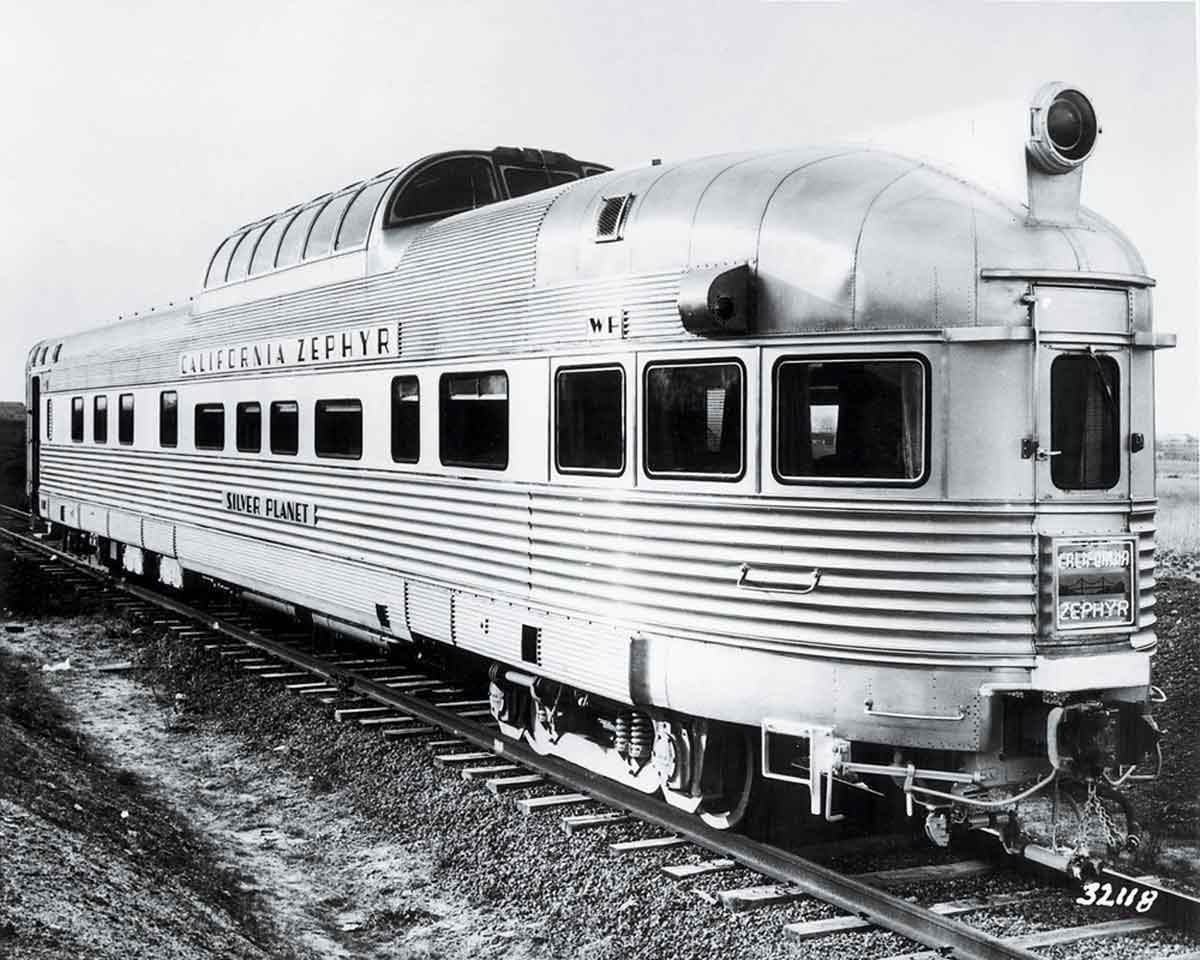
A silver lining for passengers: It’s sometimes easy to forget that passenger service along the Western Pacific existed long before the famous California Zephyr it shared with partners D&RGW and Burlington. The heavyweight Chicago-San Francisco Exposition Flyer came the closest to wide public recognition as the railroad’s premiere train between 1939-1949, based on the 1939 Golden Gate International Exposition. When inaugurated on March 20, 1949, the new California Zephyr enhanced WP’s image. And it cashed in with a 1950-1960 supplement train called the Zephyrette, which became the longest Budd Rail Diesel Car service to operate in the U.S. The original California Zephyr would eventually be discontinued on March 22, 1970, only to be revitalized by Amtrak on July 6, 1983, though today it bypasses the former WP in favor of the ex-SP crossing via Donner Pass.
An underdog to the end: As small as it was, the Western Pacific made the most out of its network. WP veteran public relations man Arthur L. Lloyd elaborated that the railroad “almost had it all” at its peak, running passenger and freight through mountain and desert terrain with steam surviving into the early 1950s (some even pressed for excursions), later with an impressive fleet of GE and EMD diesels painted in silver, orange, and green. It not only hosted the California Zephyr but also the subsidiary Sacramento Northern Railroad connecting the state’s capital to Chico, Calif., as well as providing ferry service across San Francisco Bay. The only element Lloyd saw missing was a commuter service. The Western Pacific Railroad was still an underdog when it was acquired by Union Pacific in 1982.
